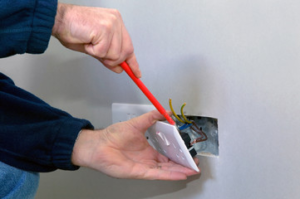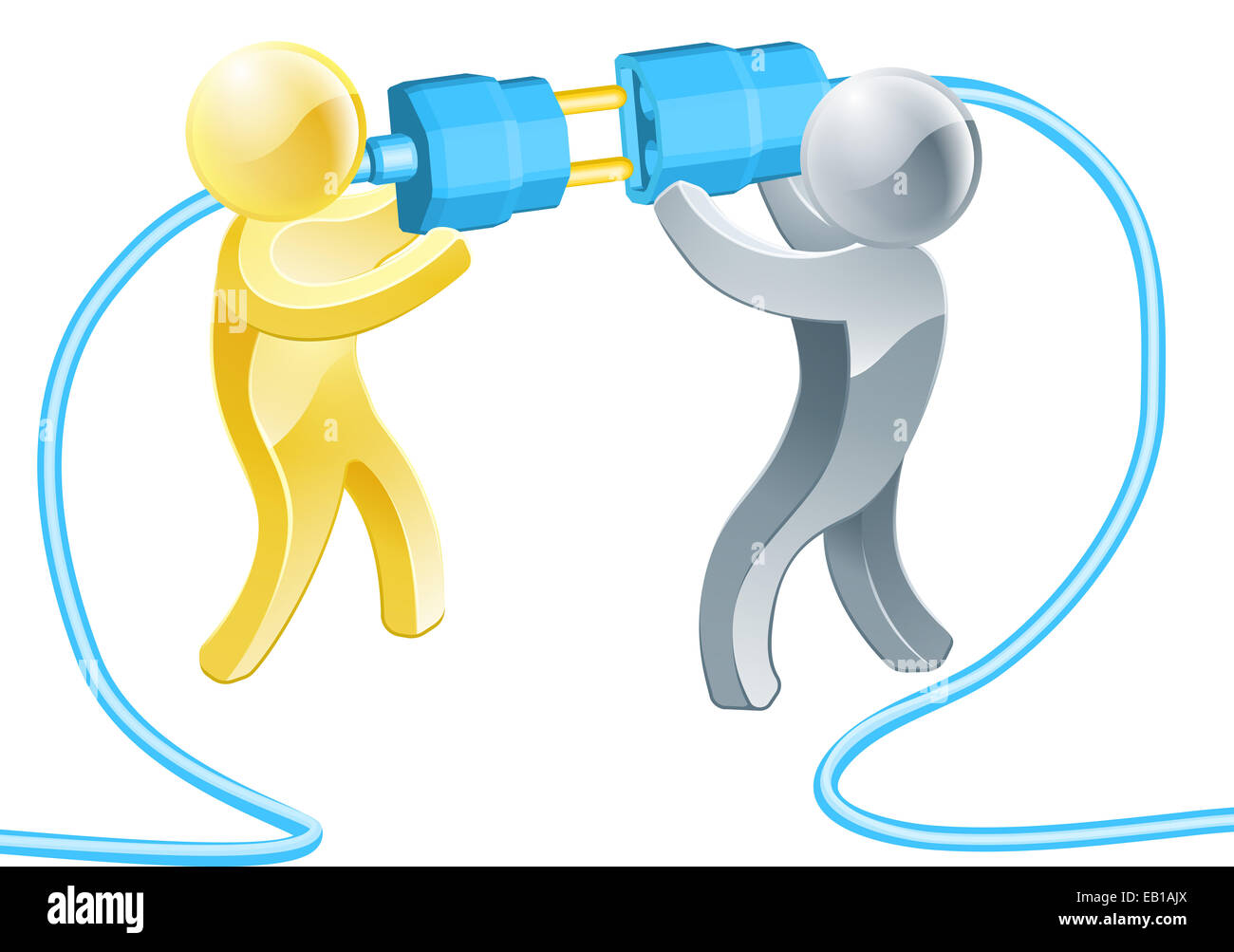The world of collectibles, particularly trading cards, has evolved significantly over the years. Enthusiasts now seek ways to preserve and display their precious items in the most efficient and durable manner. One such product that has gained widespread recognition is Evoretro Toploader Binder.

This innovative storage solution has redefined how collectors keep their items safe, accessible, and organized. In this article, we will explore the features, benefits, and key considerations of the Evoretro Toploader Binder, focusing on what makes it a standout choice for avid collectors.
For anyone who has ever collected trading cards, comics, or other memorabilia, proper storage is critical. Traditional card storage methods often involve placing cards in individual toploaders, but this can lead to cumbersome and disorganized collections. The Evoretro Toploader Binder solves this problem by integrating a binder system that allows easy access while providing the same protective qualities as a toploader. This combination of functionality and durability makes the binder ideal for both casual collectors and serious enthusiasts who require secure storage for their valuable items.
What sets the Evoretro Toploader Binder apart is its ability to accommodate a wide range of items. Whether you’re storing sports cards, gaming cards, or other collectibles, the binder’s versatile design ensures a perfect fit for various card sizes. The toploaders within the binder are designed to securely hold each card, preventing any bending or damage. This flexibility allows collectors to display their items without worrying about compromising their condition, ensuring they remain in pristine form for years to come.
The material used in the construction of the Evoretro Toploader Binder is another noteworthy aspect. The binder is crafted from high-quality, durable materials that are built to withstand the test of time. Its robust exterior helps protect the contents from dust, moisture, and other environmental factors that could potentially cause damage. Additionally, the binder’s design allows it to stand up to frequent use, making it an ideal choice for collectors who frequently add or remove items from their collection.
Organization is a key factor when it comes to managing a growing collection. The Evoretro Toploader Binder features an organized layout that ensures easy sorting and retrieval of items. Each page in the binder can hold multiple toploaders, making it simple to categorize cards according to various criteria such as rarity, condition, or type. The clear pockets allow for visibility from both the front and back, making it easy to identify the contents without removing them from the binder. This level of organization is particularly beneficial for those who want to keep track of their collection without losing sight of any important items.
Another feature that adds to the appeal of the Evoretro Toploader Binder is its portability. Unlike traditional storage methods, which can be bulky and difficult to transport, the binder offers a compact and convenient solution for collectors on the go. The binder’s size makes it easy to carry to events, conventions, or meet-ups, ensuring that your collection is always with you when you need it. Whether you’re showing off your cards to friends or taking them to a trade event, the Evoretro Toploader Binder offers a practical way to transport your collection without compromising on protection.
One of the main advantages of using a binder over other storage solutions is the ability to display your items. The Evoretro Toploader Binder allows collectors to showcase their prized possessions while keeping them safe. The transparent pockets provide a clear view of each card, allowing the collector to admire their collection without removing the items from the protective sleeves. This feature is particularly valuable for those who take pride in their collections and want to display them in a way that is both secure and visually appealing.
Another important aspect of the Evoretro Toploader Binder is its customization options. Many collectors enjoy personalizing their storage solutions, and the binder allows for this. Whether you choose to add labels, create custom dividers, or decorate the binder with your own designs, the possibilities for customization are virtually endless. This flexibility ensures that the binder can be tailored to fit your personal style while maintaining its functionality and protective qualities.
The Evoretro Toploader Binder is also designed with longevity in mind. It is engineered to withstand daily use without showing signs of wear and tear. The materials used in its construction are resistant to fading and discoloration, ensuring that the binder maintains its sleek appearance over time. This durability ensures that your collection will be stored in a solution that will last for years, making the binder a worthwhile investment for collectors who want to preserve their items for future generations.
Price is always a consideration when choosing a storage solution, and the Evoretro Toploader Binder offers great value for money. While it is priced higher than some traditional storage methods, its superior features and long-lasting durability make it a cost-effective choice in the long run. The added convenience, protection, and organization that come with using the binder make it an excellent investment for those who take their collection seriously. For collectors looking for a high-quality storage solution that offers both style and function, the Evoretro Toploader Binder is a top contender.
When comparing the Evoretro Toploader Binder to other binders and storage methods on the market, it becomes clear why it has become a preferred choice among collectors. Its unique combination of toploaders and binder system offers the best of both worlds, providing the ultimate in card protection and accessibility. The high-quality materials, portability, and customization options further enhance its appeal. Whether you’re an experienced collector or just starting, the Evoretro Toploader Binder offers a solution that meets all your storage needs.
In conclusion, the Evoretro Toploader Binder is a game-changer for collectors who seek an efficient, durable, and visually appealing way to store their items. Its thoughtful design and quality materials ensure that your collection remains in pristine condition while allowing for easy organization and display. With the ability to customize and the convenience of portability, this binder is a must-have for any serious collector. Whether you’re preserving rare cards or simply looking for a better way to store your items, the Evoretro Toploader Binder provides everything you need to keep your collection safe, organized, and ready to enjoy.







